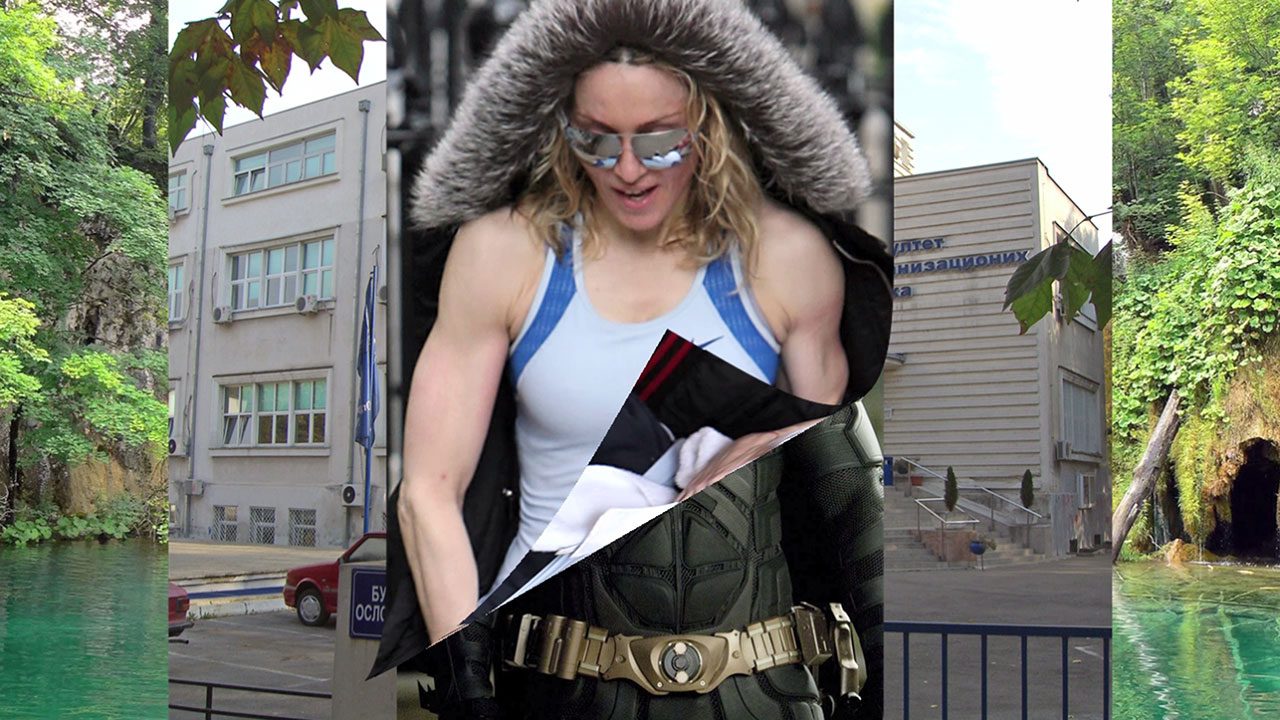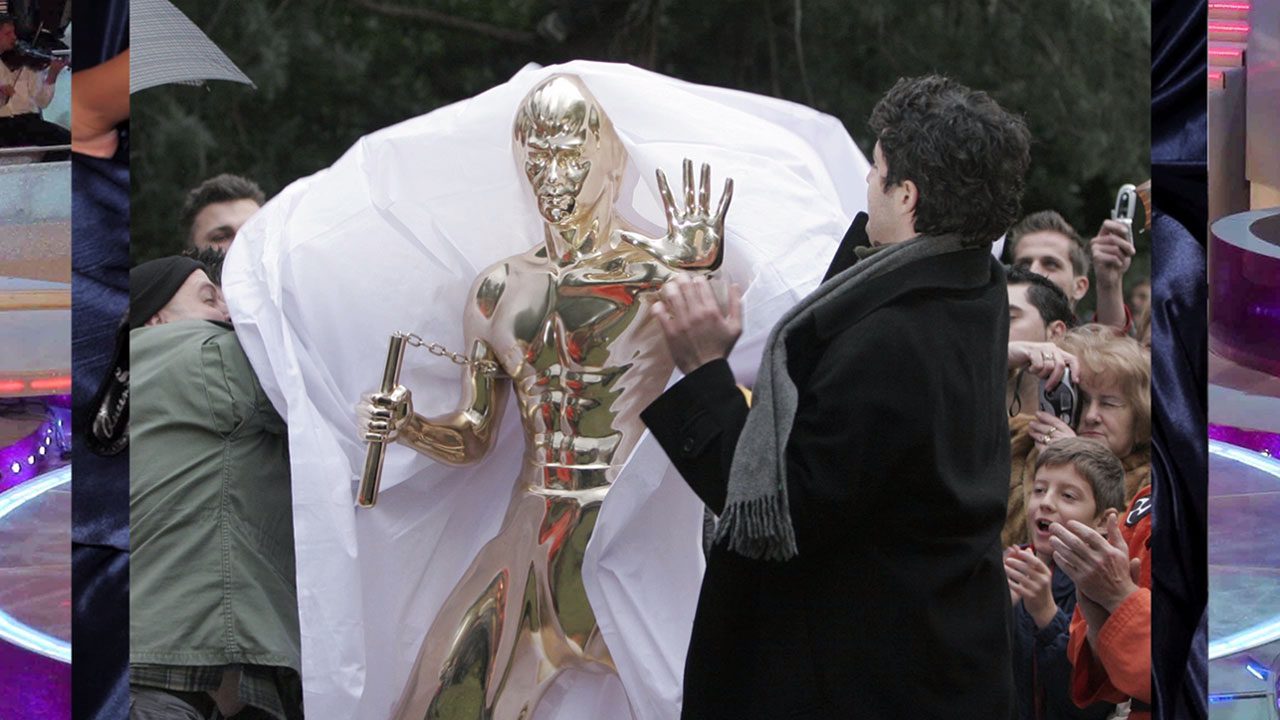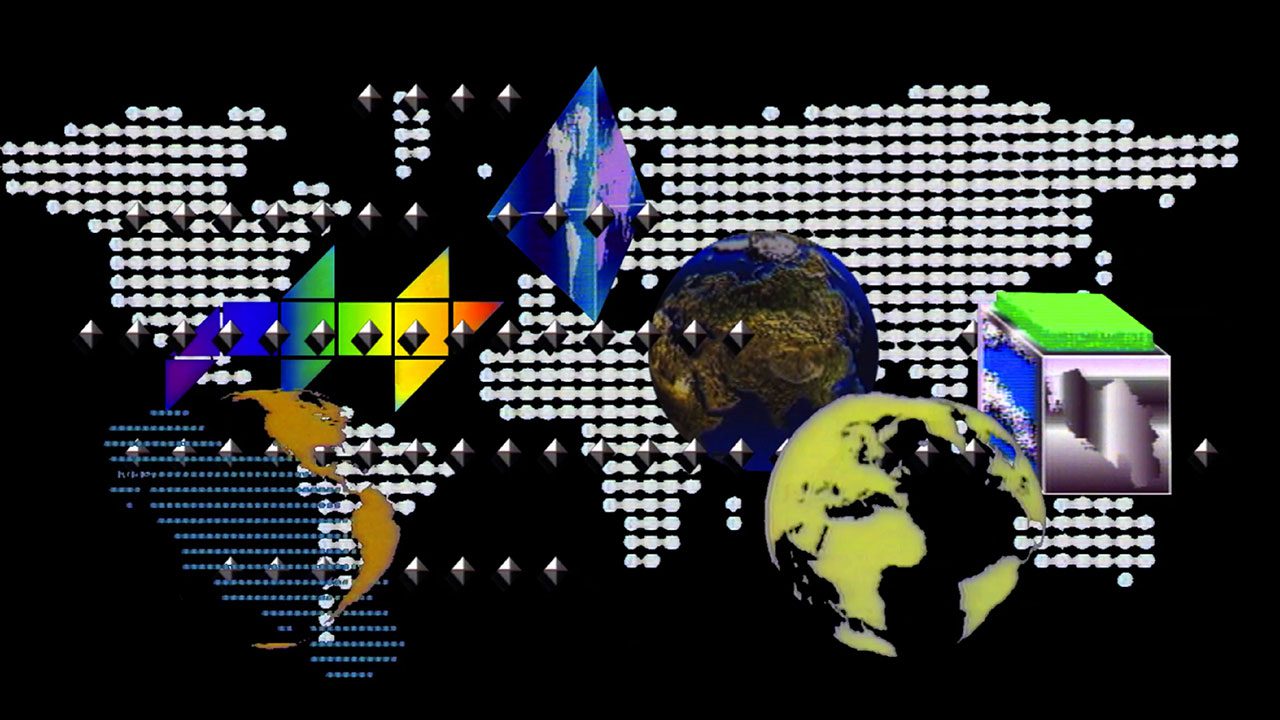ART CITIES: Vienna-Aleksandra Domanović
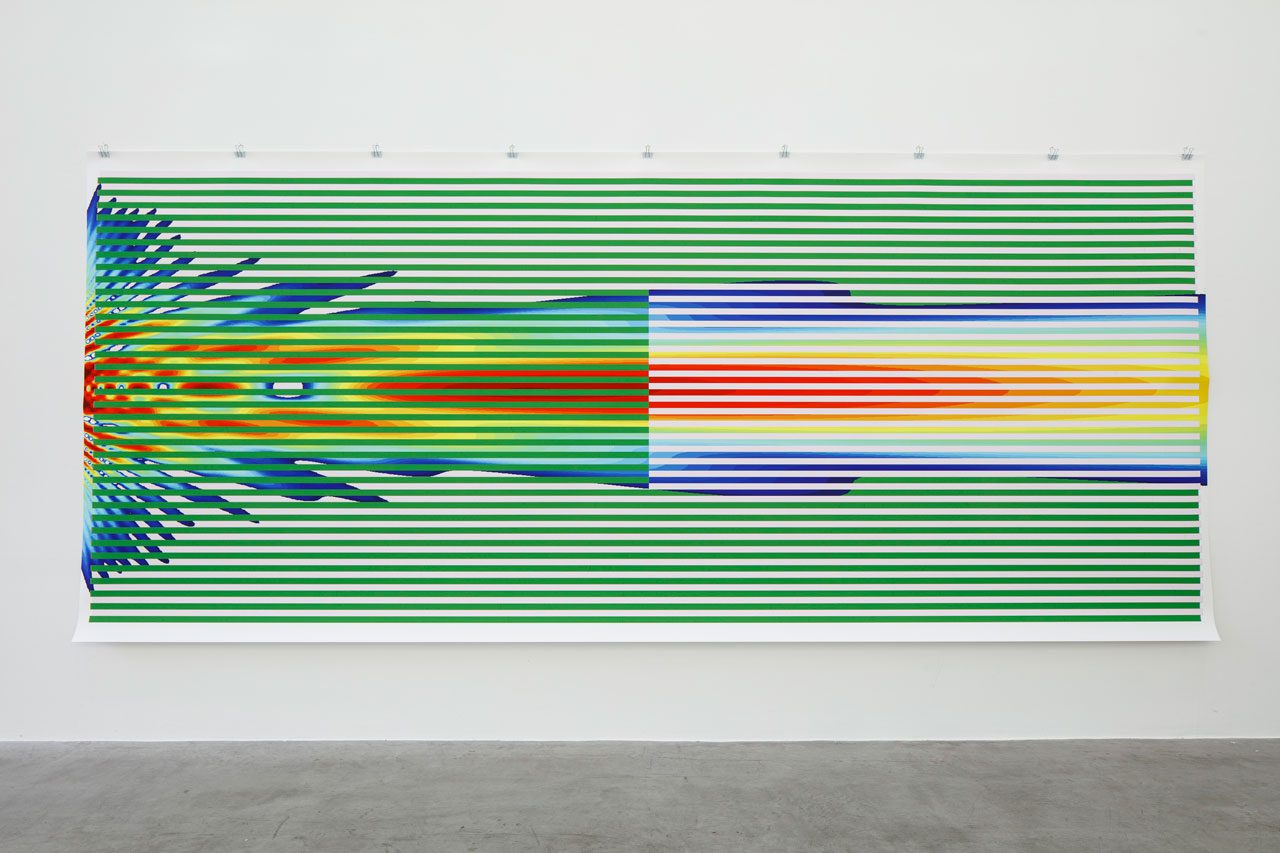 Born in the former Yugoslavia, Aleksandra Domanović has been exploring history, technology, and identity in her body of work for over a decade. Her work takes an insightful look at a wide range of phenomena of contemporary society, such as cultural techniques, scientific and technological developments, history and culture, popular culture, and the shaping of national and cultural identity. Domanović’s works are precisely conceived narratives, visualized using iconic images or illustrations taken from other contexts.
Born in the former Yugoslavia, Aleksandra Domanović has been exploring history, technology, and identity in her body of work for over a decade. Her work takes an insightful look at a wide range of phenomena of contemporary society, such as cultural techniques, scientific and technological developments, history and culture, popular culture, and the shaping of national and cultural identity. Domanović’s works are precisely conceived narratives, visualized using iconic images or illustrations taken from other contexts.
By Efi Michalarou
Photo: Kunsthalle Wien Archive
Building on the notion that Ada Lovelace was the first computer programmer and that the history of computing is intrinsically feminist, her sculptures and videos expand the scope of conventional technological history by illuminating feminist, cyberfeminist, and Eastern European contributions to the development of science and Internet. A crucial element of her videos, prints and modelled sculptures is the hand, which is a reference to the 1963 Belgrade Hand, a fundamental development in the history of controllable prosthetics. Moreover, the hand also is an allusion to the early 1990s cyberfeminism, which was invested in the notion of the cyborg as a utopian feminist figure. Aleksandra Domanović’s solo exhibition includes sculpture, video, print, photography and digital media. A graduate of Graphic Design at the University of Applied Arts in Vienna, Domanović began her career exhibiting online and made her first exhibitions while living in Vienna. The exhibition at Kunsthalle Wien brings together works produced over the last eighteen years, including newly commissioned sculpture and video. It is the first exhibition of Domanović’s work in Austria and the largest presentation of her work to date. The exhibition shows the development of a practice shaped by information culture and mass media in a post-internet era. It begins with the website ‘http://hottesttocoldest.com’, produced in 2008. Programmed to re-order capital cities of the world in descending order according to their current temperature, it exemplifies Domanović’s playful yet critical engagement with geopolitics. Other works look specifically to the Western Balkans. A new version of the video essay “Turbo Sculpture’ updates Domanović’s online research (begun in 2009) into the 21st century phenomeno” of monumentalising popular celebrities across the region. Another video, ‘19:30’, completed in 2011, compiles video graphics and music from television news broadcasts between 1958 and 2010 (some of which were subsequently appropriated in techno music). The 2013 film “From yu to me: tells the story of the introduction and removal of the ‘.yu’ internet domain for Yugoslavia, charting the arrival of the internet during the collapse of socialism in Eastern Europe. A number of works draw directly on the history of science and technology or the cinematic genre of science fiction to address questions of gender and identity. A large-scale installation from 2014 entitled “Things to Come” considers the representation of women in popular science fiction. Elsewhere, figurative motifs such as a portrait of President Josip Broz Tito or a robotic hand designed by scientist Rajko Tomović are recast within sculpture and prints that imagine futuristic, post-gendered, post-human bodies. These include a series of monolithic sculptures made in the tradition of Korai, a genre of ancient Greek sculpture depicting female figures bearing offerings. Domanović’s “Votives” (2016–2018) present a broad array of objects including basketballs and a sculptural representation of a genetically modified calf. The exhibition includes a series of new and more recent works that consider the roles that science and technology play in representation and perception. “Becoming Another (Beam)”(2021) and “If These Walls Could Talk” (2024) are large-scale works employing the optical illusion named after the meteorologist Wilhelm von Bezold. These multi-layered works quote the history of medical imaging, making particular reference to obstetric ultrasound technology and the role that it plays in gender identification, women’s rights and the debate around abortion. In another series, “Worldometers” (2021), LED fans display historical photographs of doctors, patients, ultrasound machines and foetuses, alongside corporate logos and footage from ‘gender reveal’ announcements. “If These Walls Could Talk” has been commissioned especially for this exhibition. It connects earlier research with questions of national identity and culture incorporating a diverse array of images including a 1960s portrait of the physician Ian Donald (who pioneered the use of ultrasound in obstetrics) and Slovakian folk patterns.
Photo: Installation view: Aleksandra Domanović, Becoming Another, Audemars Piguet Contemporary, Berlin, 2021, courtesy the artist and Audemars Piguet, photo: Matthias Lindner
Info: Kunsthalle Wien, Museumsplatz 1, Vienna, Austria, Duration: 5/9/224-26/1/2026, Days & Hours: Tue-Wed & Fri-Sun 10:00-18:00, Thu 10:00-20:00, https://kunsthallewien.at/


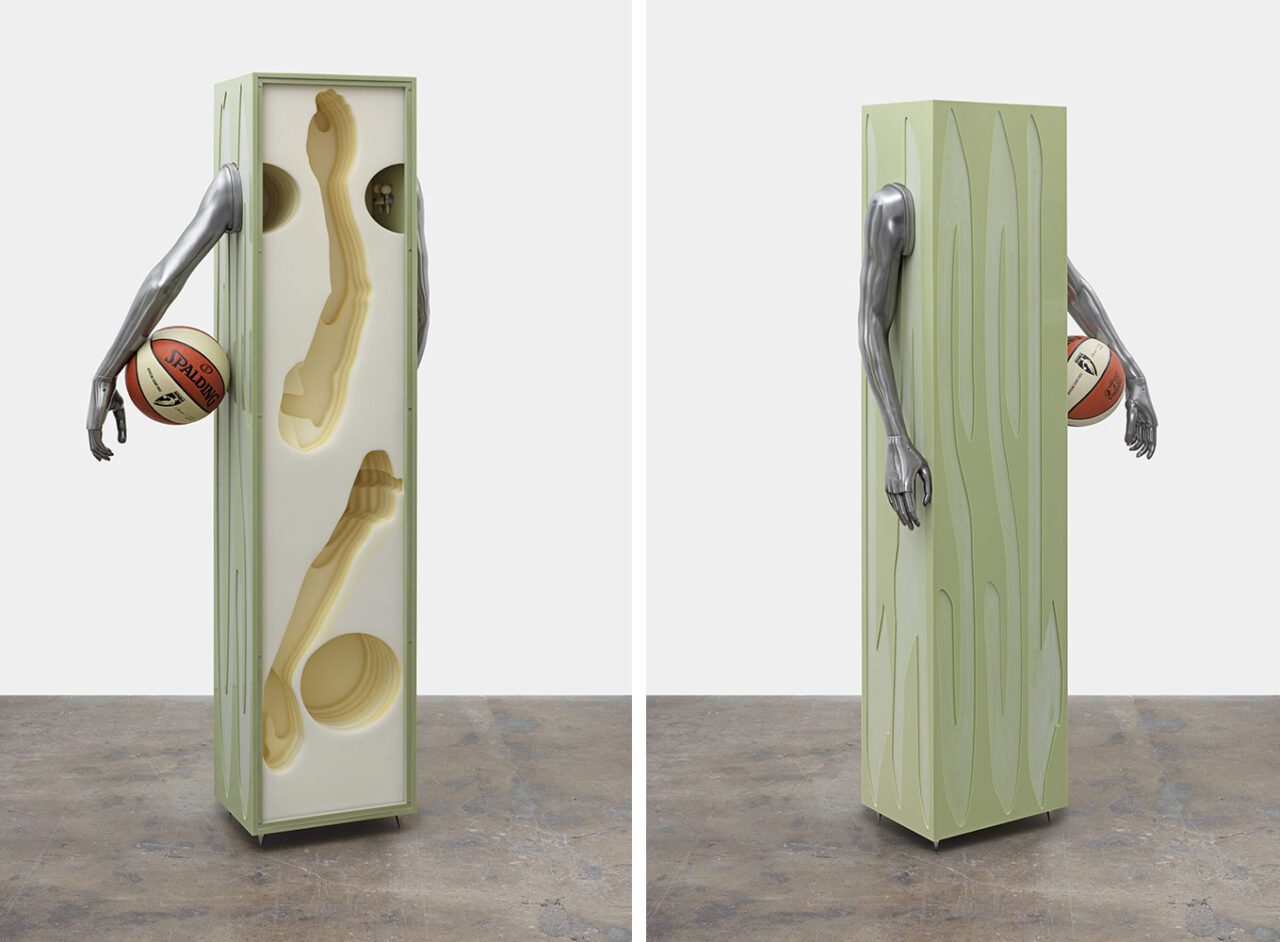


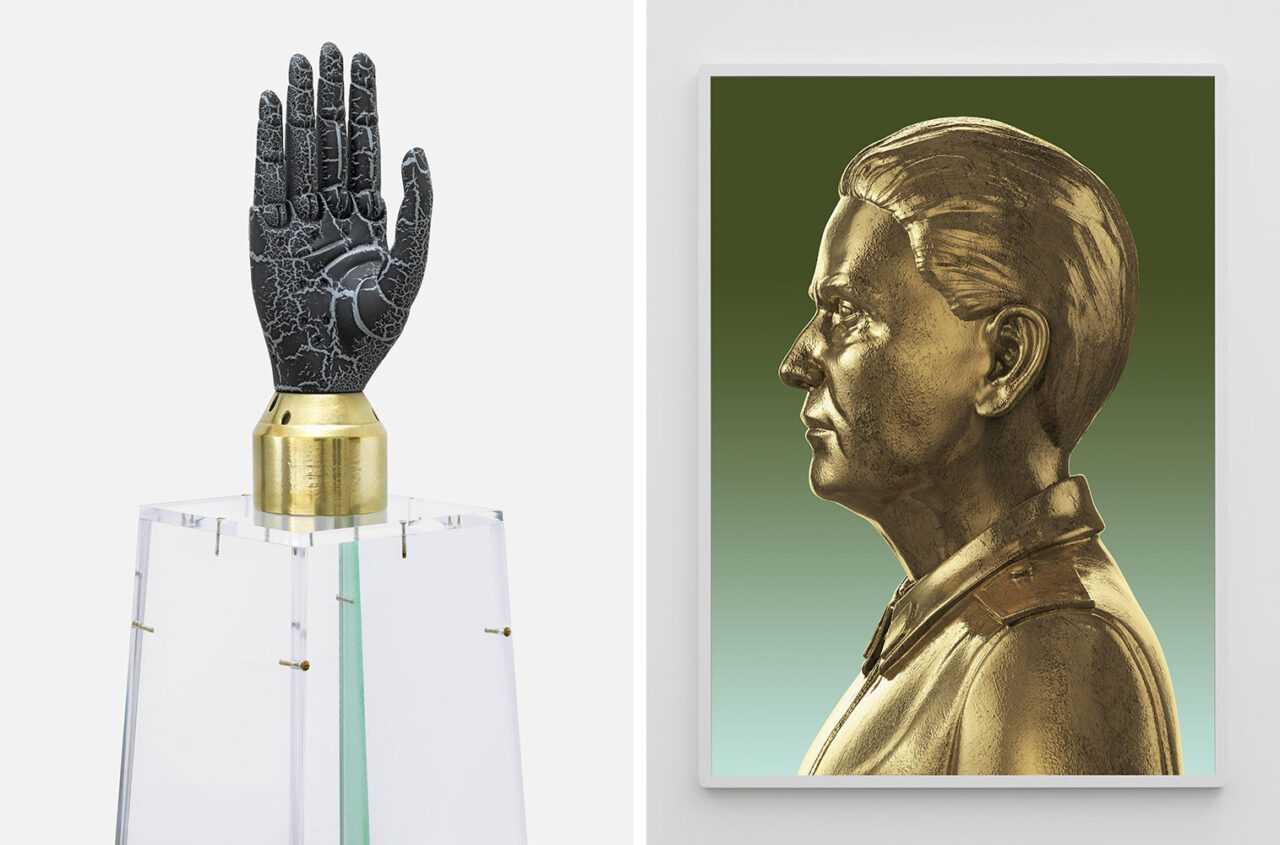
Right: Aleksandra Domanović, Portrait (mesing), 2012, courtesy Valeria and Gregorio Napoleone Collection
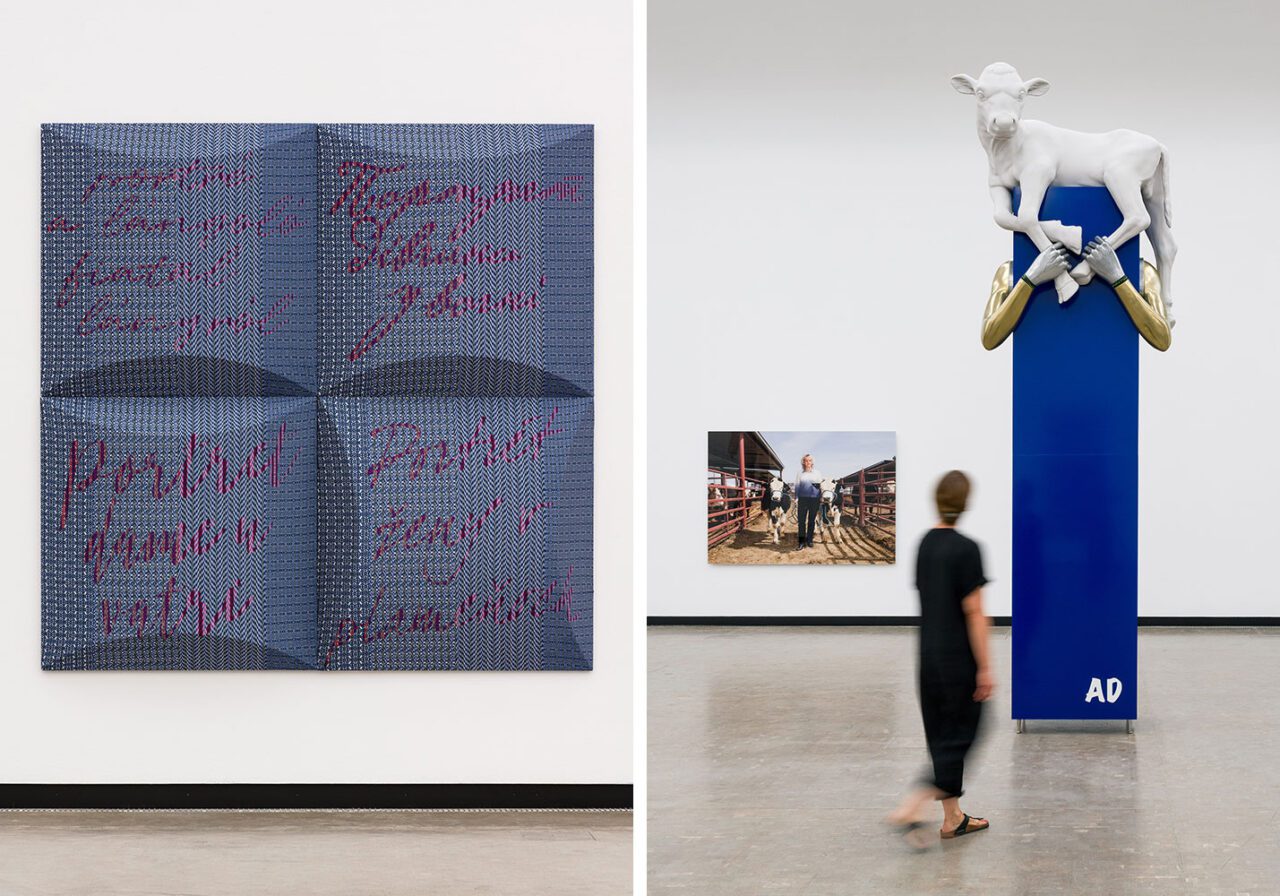
Right: Installation view: Aleksandra Domanović, Bulls Without Horns: Alison With the Bulls, 2016, Calf Bearer, 2017/20, Kunsthalle Wien 2024, Courtesy the artist and Tanya Leighton, Berlin and Los Angeles, photo: Iris Ranzinger
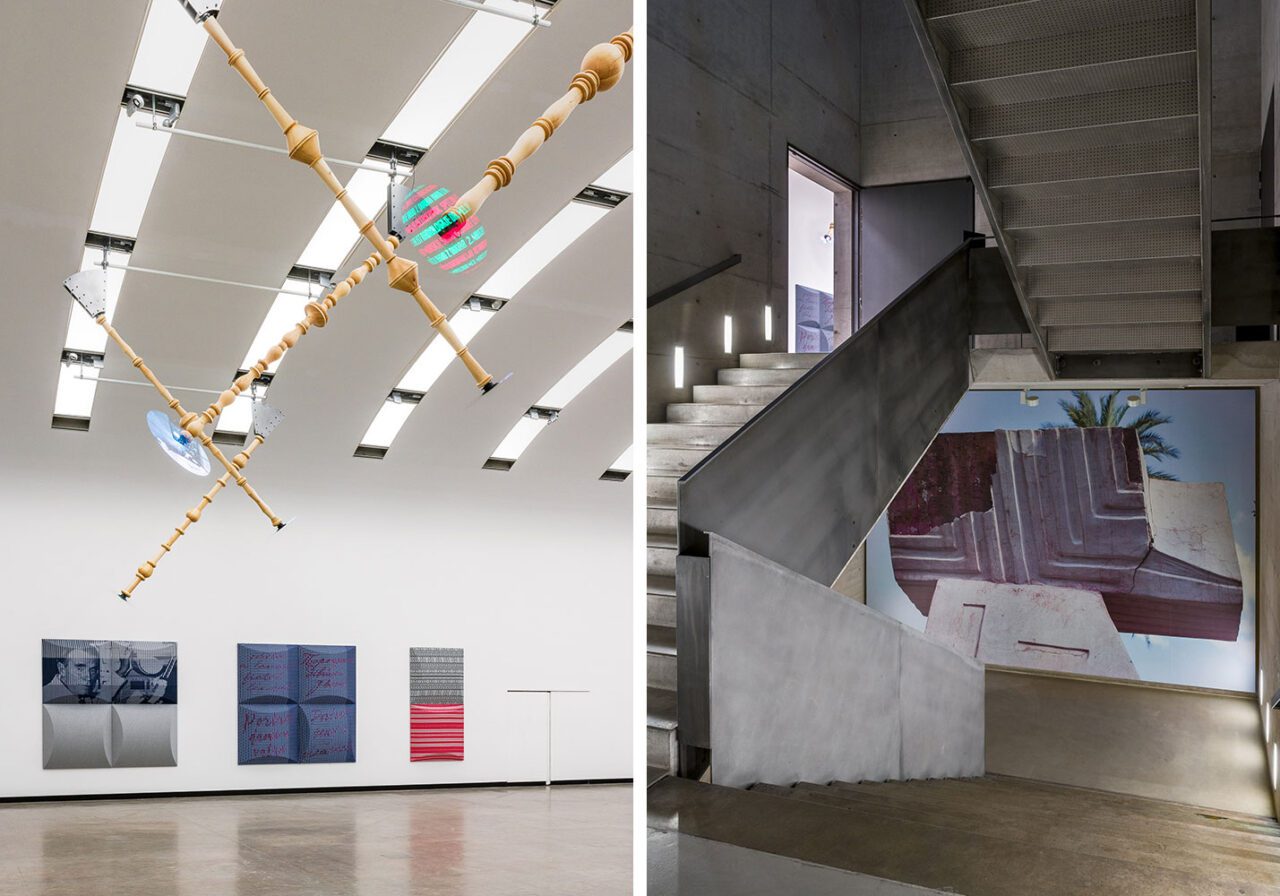
Right: Installation view: Aleksandra Domanović, Kunsthalle Wien 2024, photo: Iris Ranzinger
